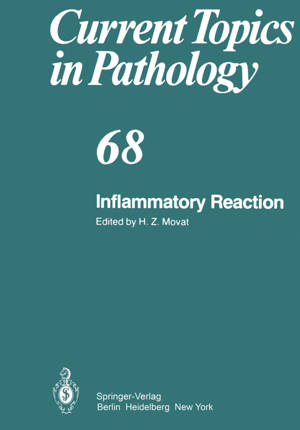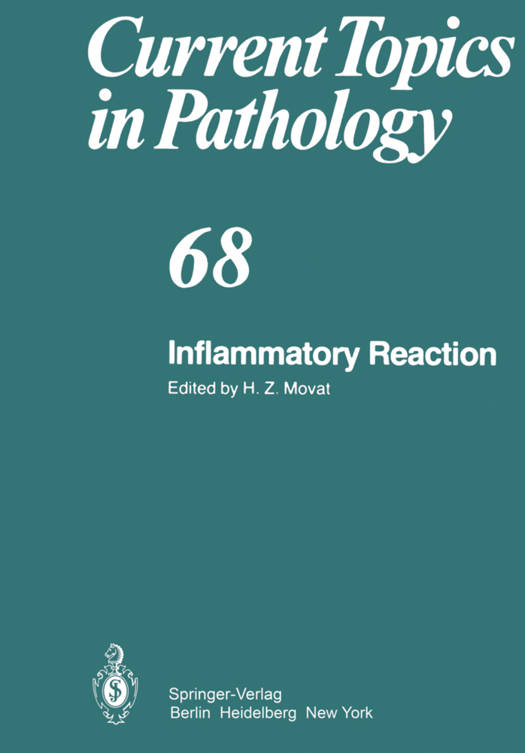
- Afhalen na 1 uur in een winkel met voorraad
- Gratis thuislevering in België vanaf € 30
- Ruim aanbod met 7 miljoen producten
- Afhalen na 1 uur in een winkel met voorraad
- Gratis thuislevering in België vanaf € 30
- Ruim aanbod met 7 miljoen producten
Zoeken
Inflammatory Reaction
€ 150,48
+ 300 punten
Omschrijving
The morphological behaviour of leucocytes- leaving the blood has been studied for more than a hundred years and can be described in some detail, but the mechanisms involved are for the most part still unclear. Following an inflammatory stimulus, dy- namic changes occur in small blood vessels near the inflamed site and are followed by margination of leucocytes and by their adherence to the endovascular surface of endo- out of the vessel in the gaps between endothelial thelial cells. The leucocytes migrate cells and move towards the noxious stimulus, directed presumably by chemotactic gra- dients. Having reached the gradient source, they may engage in phagocytosis, killing and digestion of micro-organisms or of damaged tissue. In this review, we deal with the adhesive properties of leucocytes, which have US1, l;ll- ly been measured in vitro, and with their possible relevance to the leucocyte-endo- We also deal with the locomotion of leucocytes, its machinery thelial cell interaction.
Specificaties
Betrokkenen
- Uitgeverij:
Inhoud
- Aantal bladzijden:
- 298
- Taal:
- Engels
- Reeks:
- Reeksnummer:
- nr. 68
Eigenschappen
- Productcode (EAN):
- 9783642673139
- Verschijningsdatum:
- 7/12/2011
- Uitvoering:
- Paperback
- Formaat:
- Trade paperback (VS)
- Afmetingen:
- 170 mm x 244 mm
- Gewicht:
- 494 g

Alleen bij Standaard Boekhandel
+ 300 punten op je klantenkaart van Standaard Boekhandel
Beoordelingen
We publiceren alleen reviews die voldoen aan de voorwaarden voor reviews. Bekijk onze voorwaarden voor reviews.







